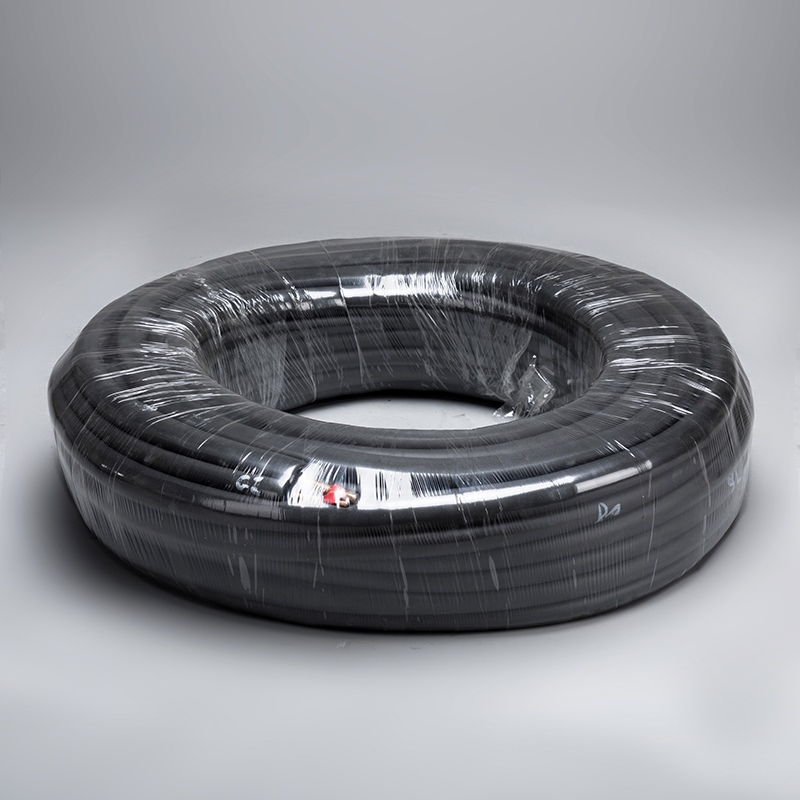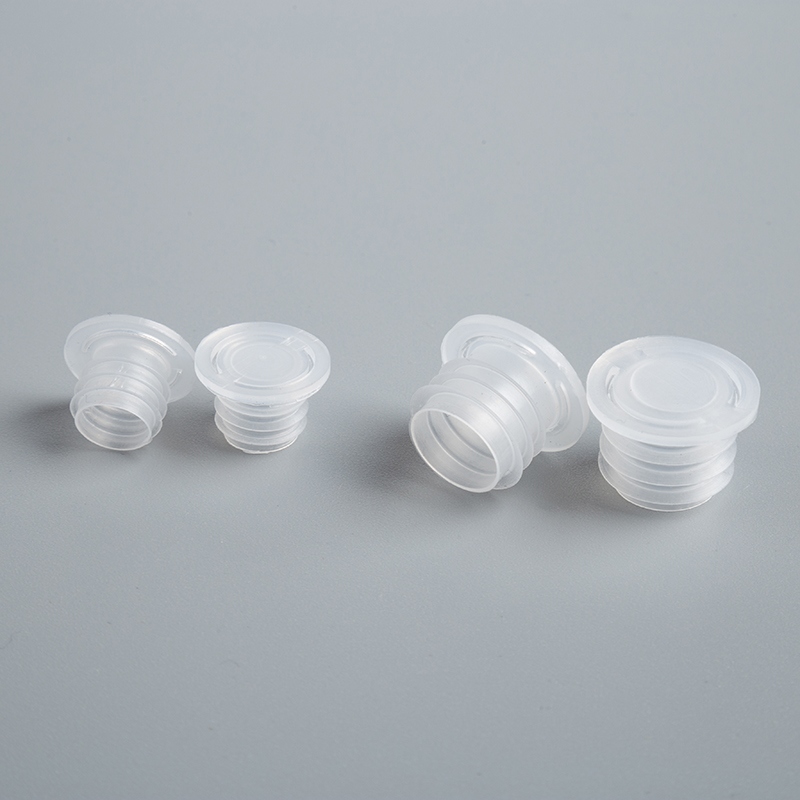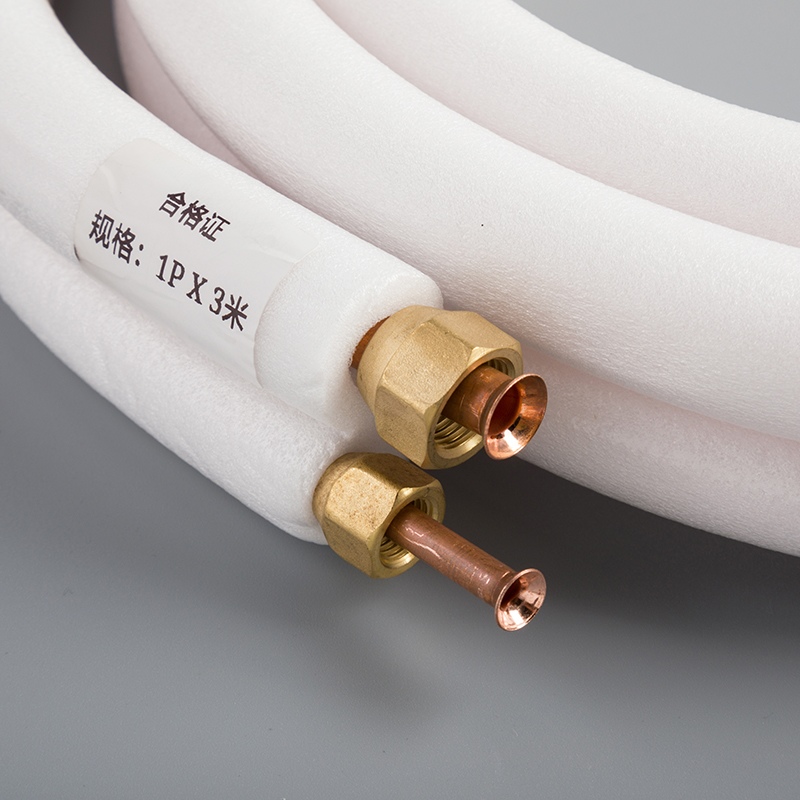Tips for Selecting the Best HVAC Copper Tubing

When choosing copper tubing from an HVAC copper tubing manufacturer for installers, consider its usefulness and performance. Strong tubing endures pressure and temperature changes over time. It must work effectively with refrigerants to maintain system efficiency. Easy-to-install tubing saves time and reduces labor costs. Affordable tubing strikes a balance between upfront costs and long-term benefits. Adhering to industry regulations ensures safety and reliability.
The HVAC industry predominantly utilizes copper tubing because energy-efficient systems require excellent heat transfer and enhanced performance. An increasing number of homes and businesses are adopting copper tubing due to this trend.
By focusing on these aspects, your HVAC system will operate efficiently while complying with safety and environmental standards.
Key Takeaways
Pick the right copper tubing for your HVAC system. Type K works for high pressure, Type L is balanced, and Type M is for low pressure.
Make sure the tubing works with your system's refrigerants. This stops leaks and keeps it running well.
Choose strong copper tubing that meets industry rules. This makes it last longer and work better.
Think about how easy it is to install. Soft copper tubing bends easily and needs fewer parts, lowering leak chances.
Compare upfront costs with long-term savings. Good tubing can cut repair costs and lower energy bills later.
Types of Copper Tubing for HVAC Systems

Soft Copper Tubing
Soft copper tubing is flexible and easy to install. You can bend it without special tools, making it great for tight spaces. It works well in split-system air conditioners and heat pumps. This tubing handles high pressure and temperature changes over time.
Tests show soft copper tubing can handle higher pressures than expected. This makes it strong for systems with occasional pressure surges. Its flexibility means fewer fittings are needed, reducing leaks and making maintenance simpler.
Hard Copper Tubing
Hard copper tubing, also called rigid copper tubing, is very strong. It’s often used in commercial HVAC systems. Unlike soft copper, it needs fittings for bends, but it’s tougher. It’s best for systems with long, straight runs.
Hard copper tubing comes in different wall thicknesses for handling pressure. It’s less flexible but resists damage during installation. This strength helps it last longer, especially in tough environments.
Type K, L, M, and DWV Copper Tubing
Copper pipes come in four main types: K, L, M, and DWV. Type K has the thickest walls and works well underground. Type L is thinner but strong and cost-effective for HVAC systems.
Type M has the thinnest walls and is used for low-pressure systems. DWV tubing is for non-pressurized systems and not for HVAC use. Choose tubing based on pressure needs and where it will be installed.
Choosing Copper Pipe: Key Selection Criteria
Picking the right copper pipe for HVAC systems is important. It affects how well the system works, lasts, and costs over time. Below are the main things to think about.
Size and Thickness
The size and thickness of copper pipes matter a lot. Thicker pipes handle more pressure and work better in tough HVAC setups.
Here’s a simple chart comparing common pipe types by thickness, pressure, and size:
Type | Wall Thickness | Pressure Rating | Common Sizes (O.D.) |
|---|---|---|---|
Type K | Thickest | High (>400 psi) | ¼, ½, 5/8 inches |
Type L | Medium | Moderate | ¼, ½, 5/8 inches |
Type M | Thinnest | Economical | ¼, ½, 5/8 inches |
Type K is best for high-pressure systems because it’s strong. Type L is a good mix of strength and cost for most HVAC setups. Type M is cheaper but works better for low-pressure systems.
Tip: Match pipe size and thickness to your system’s needs. This avoids problems with performance.
Material Quality
Good-quality metal is key for HVAC copper pipes. Copper resists rust and moves heat well, making it a top choice. But not all copper pipes are the same.
Manufacturers test their pipes to meet industry rules. For example:
Quality Control Measure | Benefits |
|---|---|
Heat Exchanger Design Optimization | Improved efficiency, higher capacity, reduction of raw material, compact size, reduction of refrigerant charge |
Copper’s rust resistance is very important. Small pipes help reduce rust issues seen in other metals like steel. Bigger systems may use heavy copper or stainless steel for extra strength.
Note: Pick pipes with lab tests and certifications. This ensures you get durable, high-quality metal.
Compatibility with Refrigerants
Not all copper pipes work with every refrigerant. The refrigerant type decides the pipe’s material and thickness needs. Modern systems often use eco-friendly refrigerants that need pipes to handle high pressure and heat.
Copper pipes are great for this because they move heat well and handle tough conditions. Make sure the pipes you pick match your system’s refrigerant type. This keeps the system efficient and prevents leaks or damage.
Tip: Check your HVAC system’s details to confirm refrigerant compatibility before buying pipes.
HVAC Copper Tubing Manufacturer for Installers: Industry Standards and Certifications
Why Following Rules Matters
Following industry rules is very important for HVAC copper tubing. These rules make sure the tubing is safe, strong, and works well. Sticking to them helps the tubing handle different conditions without problems.
Copper tubing made for air conditioning and refrigeration, like ACR copper tubing, has many advantages:
It moves heat well, saving energy.
It doesn’t rust easily, so it lasts longer.
Meeting rules ensures it’s safe and works properly in HVAC systems.
Picking tubing that follows these rules keeps your HVAC system running smoothly and avoids breakdowns.
Tip: Always check if the copper tubing meets industry rules to prevent expensive fixes and poor performance.
Certifications You Should Look For
Certifications help you find good-quality copper tubing. They show the tubing passed tests and meets industry standards. Some certifications are linked to better performance and reliability.
Course Name | Certification Type | CE Hours | Key Topics Covered | Expected Outcomes |
|---|---|---|---|---|
Copper Works | NATE recognized | 18 | Copper Tubing/Pipe, Cutting, Flaring, Torch Safety | Identify uses of copper tubing assembly, learn assembly techniques |
When choosing an HVAC copper tubing manufacturer, look for certifications like NATE recognition. These prove the tubing is tested for safety and strength.
Note: Certifications show the tubing is high-quality and can handle tough conditions.
How Rules Affect Tubing Performance
Industry rules affect how well copper tubing works in HVAC systems. They set limits for strength, rust resistance, and efficiency. For example, tubing with >80% wall thickness after 20 years shows it lasts a long time.
Metric | Value |
|---|---|
Acceptable Useful Service Life | > 80% remaining wall thickness after 20 years |
Allowable Wall Loss | 10 mils for ½” OD, 0.05” thick wall tubing |
Corrosion Product Characteristics | Friable, did not clog gas flow downstream |
Rules also make sure rust doesn’t block refrigerant flow, keeping the system efficient. By following these rules, manufacturers create tubing that works well and survives tough conditions.
Tip: Pick copper tubing that meets or beats industry rules to keep your HVAC system working well for years.
Cost vs. Performance in Copper Tubing
Balancing Initial Costs with Long-Term Value
When picking copper pipes for HVAC systems, think about cost and value. Cheaper pipes might seem good but often don’t last long. Stronger, high-quality pipes cost more but save money later. They fight rust, need less fixing, and work better. This means fewer repairs and lower energy bills.
Buying better pipes now is like making a smart investment. Spending more upfront keeps your HVAC system running well for years. You’ll avoid replacing pipes often and paying for big repairs. Always think about how pipe quality affects your total costs.
Factors That Influence Cost
Many things change the price of copper pipes. The type of tubing matters a lot. Type K pipes are thicker and stronger but cost more than Type M. Pipe size and length also affect the price. Bigger and longer pipes need more material, which raises costs.
Copper prices can go up when demand is high. Special coatings to stop rust can also make pipes cost more. Knowing these factors helps you plan your budget wisely for HVAC systems.
Tips for Cost-Effective Choices
To save money, pick pipes that fit your system’s needs. Match the pipe to your HVAC system’s pressure and temperature levels. Don’t pay extra for features you won’t use. Type L pipes are often a good mix of price and performance for homes.
Buy from trusted brands that follow industry rules. Certified pipes are safer and last longer. Buying in bulk can cut costs for big projects. Compare prices from different sellers to get the best deal without losing quality.
Installation Considerations for HVAC Copper Tubing

Easy to Handle and Bend
Installing copper tubing needs careful handling and bending. Soft copper tubing is flexible, so it’s easier to use in tight spots. You can bend it by hand without special tools. This means fewer fittings are needed, which lowers the chance of leaks and makes installation simpler.
Hard copper tubing is tougher to work with. You’ll need tools like tube benders or elbow fittings to make bends. While harder to install, its strength makes it great for long, straight sections. Picking the right tubing type for your system’s layout saves time and effort.
Easy Maintenance and Repairs
Good installation makes future maintenance and repairs easier. Plan the layout so you can reach the tubing easily. Avoid placing pipes in hard-to-reach areas, as this makes repairs harder and more expensive.
Using fewer fittings during installation helps prevent leaks, making maintenance simpler. Flexible tubing, like soft copper, is especially helpful. It lets you fix or adjust parts without taking apart large sections of the system.
Tip: Label all tubing and connections during installation. This makes finding parts easier during repairs.
Tools and Methods for Installation
Using the right tools and methods makes installing copper tubing faster and better. Tools like press-connect joints let you join pipes without heat or flames. This method is quick and cost-effective, perfect for modern systems.
Here’s a simple list of important tools and their uses:
Tool/Method | What It Does |
|---|---|
Press-connect Joints | Joins pipes quickly without heat, using special gaskets. |
Essential HVAC Tools | Includes refrigerant gauges and vacuum pumps for better system performance. |
Other tools that help with installation include:
Refrigerant gauges: Check refrigerant pressure to spot problems.
Vacuum pump: Removes air and moisture from lines for better performance.
Manifold gauge set: Tracks refrigerant pressure and temperature to fix issues.
Using these tools ensures the copper tubing is installed properly and works well in the HVAC system.
Picking the right copper tubing helps HVAC systems work well and last longer. Look at important things like tubing type, size, material quality, and refrigerant compatibility. Following industry rules and certifications keeps systems safe and working properly. Spending wisely on quality tubing saves money over time.
Copper tubing is popular because it’s flexible and fits industry needs. Better manufacturing makes it stronger for tough conditions like high pressure or corrosion. The table below shows key points to think about:
Feature | Description |
|---|---|
How It’s Made | Uses special processes to ensure strong and reliable tubing. |
Uses | Found in HVAC systems, plumbing, medical gas, refrigeration, and heat exchangers. |
Industry Changes | Growing demand for energy-saving and eco-friendly building materials. |
Meeting Rules | Copper tubing follows safety and quality standards for many uses. |
Performance | New designs make tubing tougher for hard conditions like high pressure or corrosion. |
Pick tubing that fits your system, meets rules, and lasts a long time. This keeps your HVAC system running smoothly and saves money in the future.
FAQ
What type of copper tubing is best for HVAC?
The best type depends on your system. Type K is strong for high-pressure systems. Type L balances strength and cost. Type M works for low-pressure systems. Always match the tubing to your system's needs.
Can copper tubing work with modern HVAC refrigerants?
Yes, copper tubing works with most modern refrigerants. It transfers heat well and resists rust. Check your refrigerant type to ensure it fits your system.
How can I stop leaks in copper tubing?
Use fewer fittings and seal them properly during setup. Soft copper tubing needs fewer fittings, lowering leak risks. Regular checks and fixes help prevent problems.
Why is copper tubing used for condensate lines?
Copper resists rust and handles moisture well. This makes it great for condensate lines. It lasts long, even in humid areas.
How do I pick the right size copper tubing?
Look at your system’s pressure and flow needs. Bigger pipes handle more flow, and thicker walls handle more pressure. Check your system’s details to choose the right size.
See Also
5 Strategies to Reduce Costs of Copper AC Tubing
The Benefits of Selecting Copper Pipes for AC Systems
5 Key Recommendations for 1/4 Inch Copper Pipe Fittings


